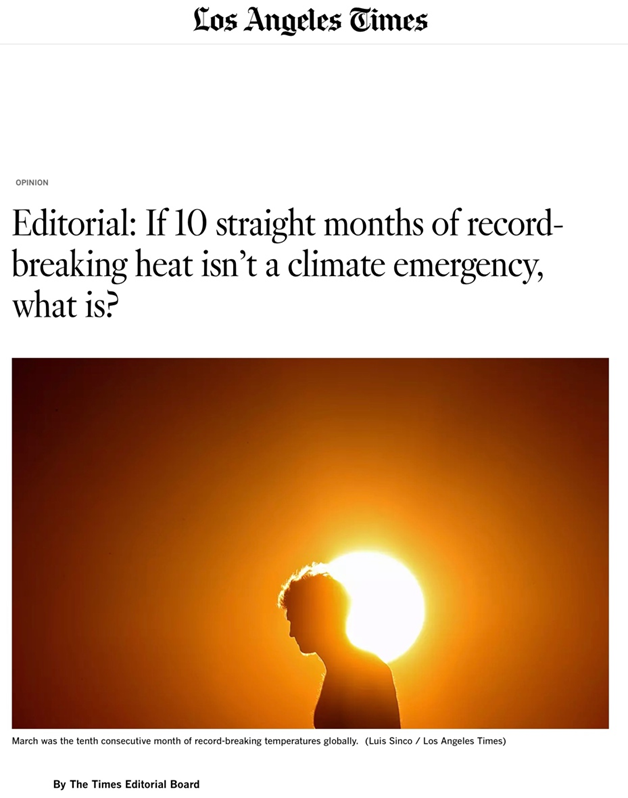By Kenneth Richard on 26. April 2018
Arctic Sea Ice Extent Higher During 1954-2001
Than Almost Any Period In The Last 9,000 Years
During the Roman Warm Period ~2,000 years ago, sea levels were significantly higher than they are now. Modern coastlines are 2 miles down from where they were during the Roman invasion of Britain in 43 AD, strongly implying that surface air temperatures were much warmer ~2,000 years ago compared to today.
“An archaeological dig at a Kent fort has uncovered the coastline at the time of the Roman invasion of Britain in 43AD – two miles from today’s shore.”
During that same time period, the western Arctic Ocean was covered in sea ice (>50%) only about 5 or 6 months per year (McKay et al., 2008).
By comparison, the western Arctic is covered in sea ice (>50%) about 10.5 months per year during the modern era (1954-2001), suggesting a much cooler Arctic region today.

Graph Source: McKay et al., 2008
Arctic temperatures at the beginning of the first millennium were between 2° and 6°C warmer than they are now, as paleoclimate evidence suggests summer Arctic sea surface temperatures ranged between 3°C and 7.5°C about 2,000 years ago, whereas they average about 1.1°C today.

Graph Source: McKay et al., 2008
Other authors have found Arctic region temperatures oscillated profoundly between about 3°C cooler than today and 6°C warmer than today, with sea ice fluctuating between 2 months more sea ice coverage than today and 4 months less sea ice coverage than today.
“Our data show that from ∼6500 to 2600 yrs BP, there were large oscillations in [Canadian Arctic] summer SST from 2–4°C cooler than present to 6°C warmer and SIC [sea ice cover] ranged from 2 months more sea ice to 4 months more open water [than present]. The warming took ∼50–100 years and lasted ∼300 years before replacement by colder intervals lasting ∼200–500 years.”

Graph Source: Mudie et al., 2005
It is widely recognized that modern Arctic region sea ice concentrations are considerably more advanced today than they were a few thousand years ago, with most studied regions showing the increase in sea ice extent occurring “over the last centuries”.
“[W]hereas many core data show little difference between the 1953-2003 sea ice average and the late Holocene reconstruction, some cores are characterized by large differences (Fig. 4). In particular, the late Holocene data of the Chukchi Sea and the Nordic Seas off eastern Greenland, suggest much less sea ice than what was observed at the scale of the last decades. … At the Beaufort Sea sites, the variations are of limited amplitude and the estimates are close to “modern” observations, but all records show an increase of the sea ice cover over the last centuries. At the Chukchi site, the record shows large amplitude variations with a distinct trend for an increased sea ice cover towards modern values over the last centuries. … Particularly high export rates of sea ice through the East Greenland Current have been attributed to extreme AO/NAO synopses (e.g., Dickson et al., 2000; Vinje, 2001; Rigor et al., 2002). It is thus possible that the 1953-2003 mean sea ice extent along the east Greenland relates to an unusually strong positive NAO. … The early Holocene (9-6 ka) data suggest negative anomalies in the eastern Fram Strait (MSM712), the southern Labrador Sea (HU094), the Estuary of St. Lawrence (MD2220) and the northernmost Baffin Bay (HU008). These sites recording less sea ice and thus warmer conditions [than present] are all located in areas under the influence of North Atlantic waters.”
In the Beaufort Sea region of the Arctic, surface temperatures were still up to 3°C warmer than today during the late 1800s.
There was also less sea ice during this time (1887-1945), as the sea ice cover disappeared 1.1 month sooner than it does today.
“Sea surface temperature [Arctic Ocean] between ∼ AD 1885–1935 are warmer by up to 3°C with respect to the average modern temperature at the coring site.
“For the period ∼ AD 1887–1945, reconstructed sea ice cover values are on average 8.3 months per year which is 1.1 months per year lower than the modern values.”
Graph Source: Durantou et al., 2012
In Southwest Greenland, the overall sea ice concentration has grown dramatically since the 1930s. The modern (2010) extent is no lower than it was during several decadal-scale periods in the 18th century (Kryk et al., 2017).
For the Eastern Fraim Strait, the Southeast Barents Sea, and North Iceland, there was considerably less sea ice coverage (as assessed in months-per-year) during the late 1600s to early 1700s than there has been during the last few decades.

Graph Source: Kryk et al., 2017

Graph Source: de Vernal et al., 2013
Recently published graphs of Holocene Arctic region sea ice extent also support the conclusion that modern era sea ice is much more extensive than it has been for almost all of the last several thousand years.

Graph Source: Yamamoto et al., 2017

Graph Source: Harning et al., 2018
In sum, it is well established in the scientific literature that modern day sea ice values in the Arctic region are not unprecedented, unusual, or even remarkable relative to the last few thousand years.



